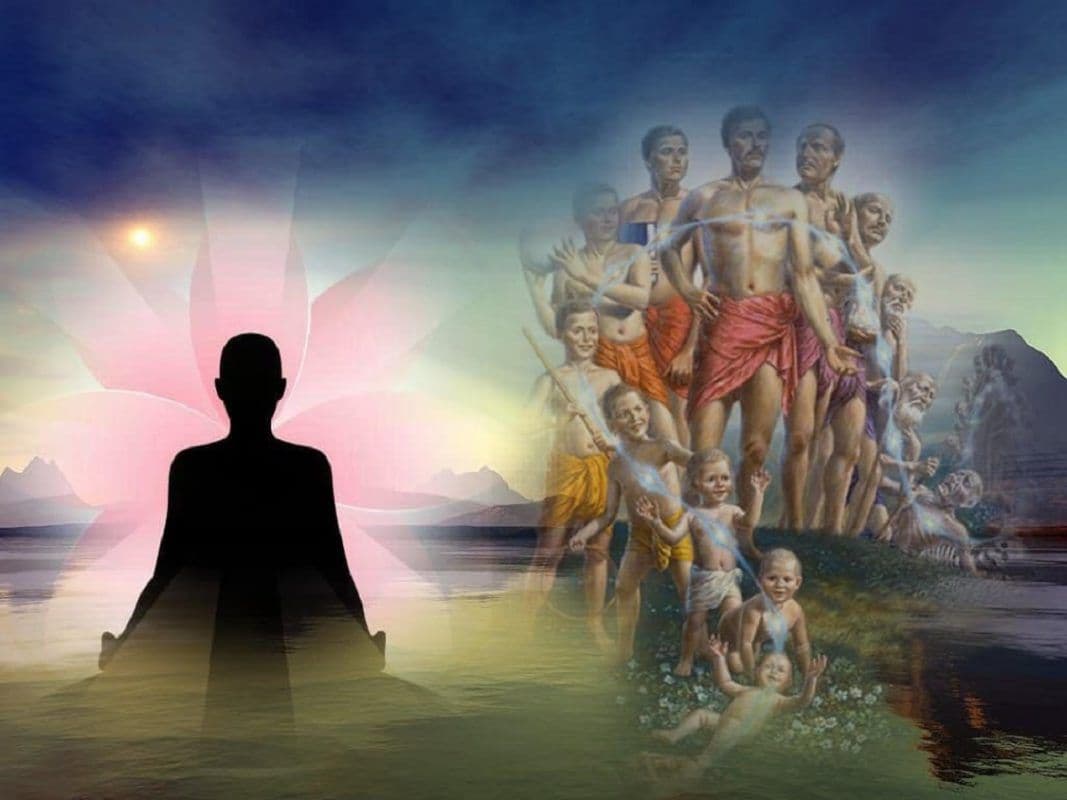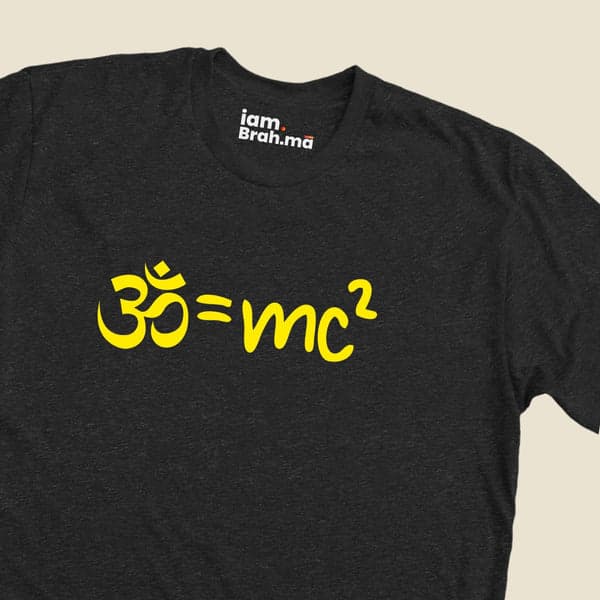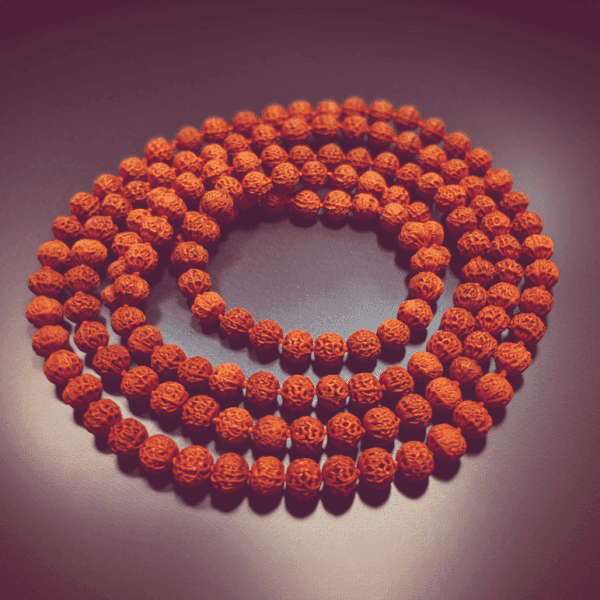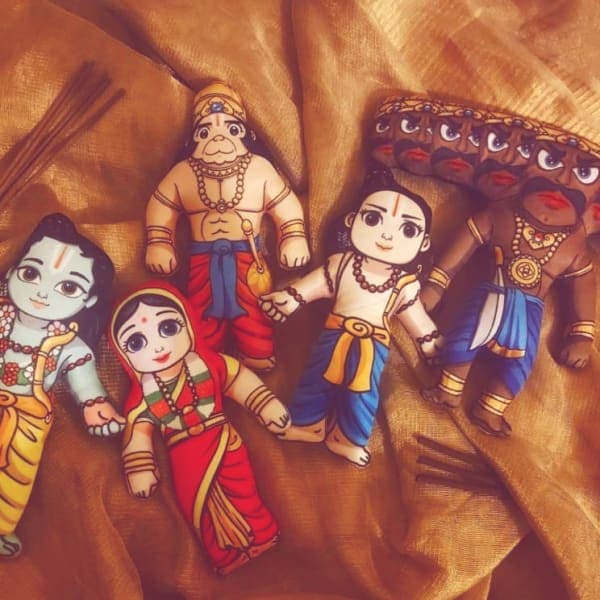The Mystical Journey of Life: From Origin to Departure
Life, with its enigmatic nature, has captivated human beings for ages. It is a profound and profound experience that raises questions about its origins, sustenance, and ultimate departure. In the search for answers, seekers of knowledge have turned to the wisdom contained within ancient scriptures and Upanishads. In a dialogue between Kausalya and Maharshi Pippalaada, the essence of life's journey is explored, shedding light on its birth, sustenance, and eventual departure. Let us embark on a journey through the realms of consciousness to unravel the mysteries of life's eternal cycle.
From Self to Eternity: Exploring the Mysteries of Life's Origin and Departure

The Source of Life: Self and Consciousness
According to the Upanishads, life originates from the very core of our being - the Inner Consciousness or the Maha Purusha. This formless, self-effulgent essence resides within and without, existing beyond the realms of birth and death. It is the source from which life emerges, guided by the body, mind, and subsequent actions. As the Mundaka Upanishad suggests, the Individual Self, or Purusha, manifests as a pure and imperishable reflection of the Self, devoid of praana (life force), mind, and thoughts.
The Journey of Life: Birth, Distribution, and Settling
As life takes form, it enters the body through the vital life force known as Praana. The Brihadaranyaka Upanishad describes how Praana distributes itself within the body, settling in various organs and senses. The chief Praana resides in the eyes, ears, mouth, and nose, while other pranas, such as Apana, reside in organs of excretion and generation. The Samaana, the equalizing breath, resides in the middle and plays a vital role in the distribution of energy throughout the body. This intricate dance of pranas enables life to function and sustain itself.
The Departure of Life: The Role of Consciousness and Nerves
Just as life enters the body, it eventually departs, marking the end of an individual's physical existence. The Chhandogya Upanishad explains that at the time of departure, one of the nerves, called the Brahma Nadi, reaches the crown of the head. If the individual is blessed, this ascent through the Brahma Nadi leads to immortality. However, if the departure occurs through other exit points, the cycle of rebirth continues. The Udaana, a vital force that moves throughout the body, determines the direction of the departing soul based on its deeds, virtues, and vices.
The Role of External Forces: Sun, Earth, and Air
External forces play a significant role in the functioning of life within the human body. The Surya (Sun) represents the external Praana and influences the Praana present in the eyes. The Earth attracts the Apaana, which governs functions related to excretion. The Antariksha, represented by Vayu Deva (wind), signifies the Samaana breath. Additionally, the Vyana, related to the common air, aids in the overall movement and functioning of life within the body. Understanding these forces provides insight into the intricate balance of life's mechanisms.
The Influence of Thoughts and Mind at the Time of Departure At the time of departure, the thoughts, feelings, and overall state of mind experienced by an individual become significant. As the life force and consciousness taper off, the predominant thoughts and functioning of organs aligned with these thoughts manifest. The departing soul, accompanied by the prime Praana and Udaana, travels towards its deserved destination. The Chhandogya Upanishad emphasizes that the consciousness of an individual merges with its origin, guided by the actions and karmic account accumulated throughout life.
The Eternal Cycle: Immortality and Rebirth
Deeply understanding the essence of Praana reveals the profound truth of life's journey. Only a few attain immortality, transcending the cycle of birth and death. The majority, driven by a mixture of virtues and vices, are destined to return to life again, continuing the eternal cycle of existence. This eternal truth of life highlights the significance of self-realization and the pursuit of spiritual knowledge.
...




